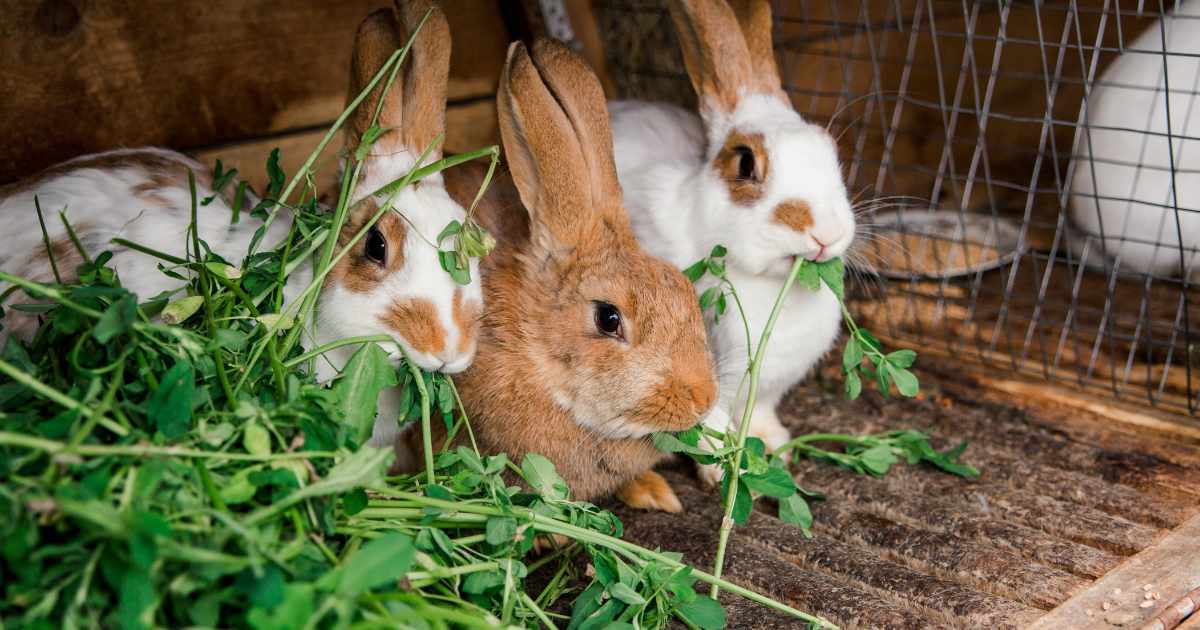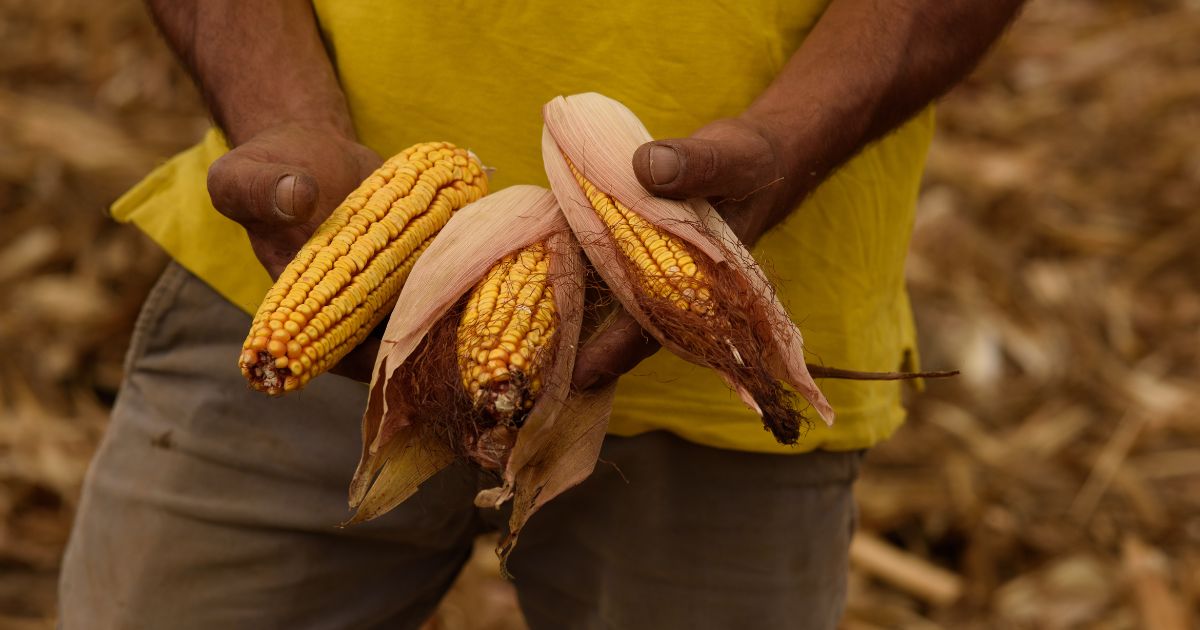
Rabbit farming in South Africa isn’t a craze that will fade away soon. That is clear since it is a topic that has been trending for a few years now. In fact, the chances are that you already established your rabbit enterprise if you are reading this article. That’s why we have gathered some best practices for your rabbitry.
Rabbit meat isn’t as popular in South Africa as other types of meat, but the country has found a good market for exporting the meat. Recent growth in the local rabbit meat market, however, has indicated that it is gaining traction slowly but surely. This is giving new motivation to rabbit farmers across the country to grow their coney production.
Fun fact: Coney is derived from the French word conil which means rabbit. It is used to refer to the meat just like pork (porc in French) is used to indicate pig meat.
Rabbits don’t typically fall under the category of livestock like pigs, sheep, and poultry. It can then be surmised that different approaches and needs are required.
For your agricultural venture to be successful, you need to follow principles and guidelines specifically aimed at rabbit farms. So, without any further ado, here is some rabbit farming do’s and don’ts.
Rabbit Farming in South Africa Dos
As a rabbit raiser, you should always consider the health of your animals. Next, you should keep track of your profitability – afterall, no one starts a business only for fun! Here as are some guidelines that you should follow.
1. Cleanliness Is Key to Rabbit Health
For your animal’s health, you should keep rabbits in clean cages and make sure to sanitise them regularly. This prevents bacteria from invading your facility and causing diseases and illnesses. Your will need to regularly clean their water containers and ensure that the animals always have access to clean water.
2. Prepare for Predators
Just because your stock is in cages, doesn’t mean that you won’t attract predators. The building where you place the cages need to have a roof. This roof will prevent birds of prey diving down onto the cages to try and attack the rabbits. Even if the cage is closed and birds of prey cannot actually steel your stock, your rabbits can still be scared. This can lead to heart attacks and death of your stock. Wild cats and caracal can reach through wire of cages and kill kits. Snakes can also enter the facility. Therefore, ensure you think of all the options and prepare accordingly.
3. Practive Good Biosecurity
Any farming operation benefits greatly from effective biosecurity as it prevents the spread of diseases. However, rabbits are now at more risk than ever before since the first outbreak of Rabbit Haemorrhagic Disease (RHD) in 2022. South Africa was previously considered to be a disease-free zone when it came to RHD and therefore, there is no cure or vaccine for this deadly virus. Your stock needs to be contained and not be in contact with other rabbits or hares.
Rabbit Farming in South Africa Don’ts
Avoiding certain mistakes can save your agricultural endeavour a lot of time and money. Here are some mistakes to avoid.
1. Getting Attached
One of the biggest mistakes breeders make in the coney industry is to get attached to their fluffy stock. When the time comes to cull the animals, producers see their rabbits as pets and not as a food source. This is a common, understandable mistake, but a costly one if your entire business is focussed on meat production.
It’s important to note that you don’t need to slaughter rabbits yourself. You can take them to an abbatoir. Good Rabbit Meat is a fully compliant rabbit abattoir in the South of Johannesburg. You can contact them to find out more about the slaughter of rabbits. In the Midlands of KwaZulu-Natal, RabCo offers training to start-ups about rabbit farming and can assit you with reaching an abbatoir.
2. Not Keeping Good Records
Good record keeping is vital to any business. However, when you are dealing with livestock, recordkeeping goes beyond accouting matters. Your records also need to include the number of stock, when they were acquired and important information for each animal. This will be the animal’s identification number, age, parentage (dame and sire if you have that information), breeding information such as when they were last bred and with which buck or doe, the number of kits the doe birthed, and on which dates they were bred and gave birth.
3. Introduce The Buck To The Doe
Veteran breeders have learned this quickly: Never place the doe in the breeding cage and then bring the buck to her. Place the buck in the container and bring the doe to him. Rabbits are territorial creatures, and the doe might see the breeding cage as her territory. If so, it can lead to aggressive behaviour and/or unwillingness to mate.
If you are still considering rabbit husbandry and haven’t yet made a choice, you can take a look at our guide to starting a rabbit farm.
It is clear that there is a lot to learn in your agricultural journey. Taking note of important tips such as these is one step closer into growing your business. If you are willing to invest in formal training, the Rabbitry Academy has a variety of courses for farmers. You can also find out about Funding for Agricultural Start-ups on our website.








